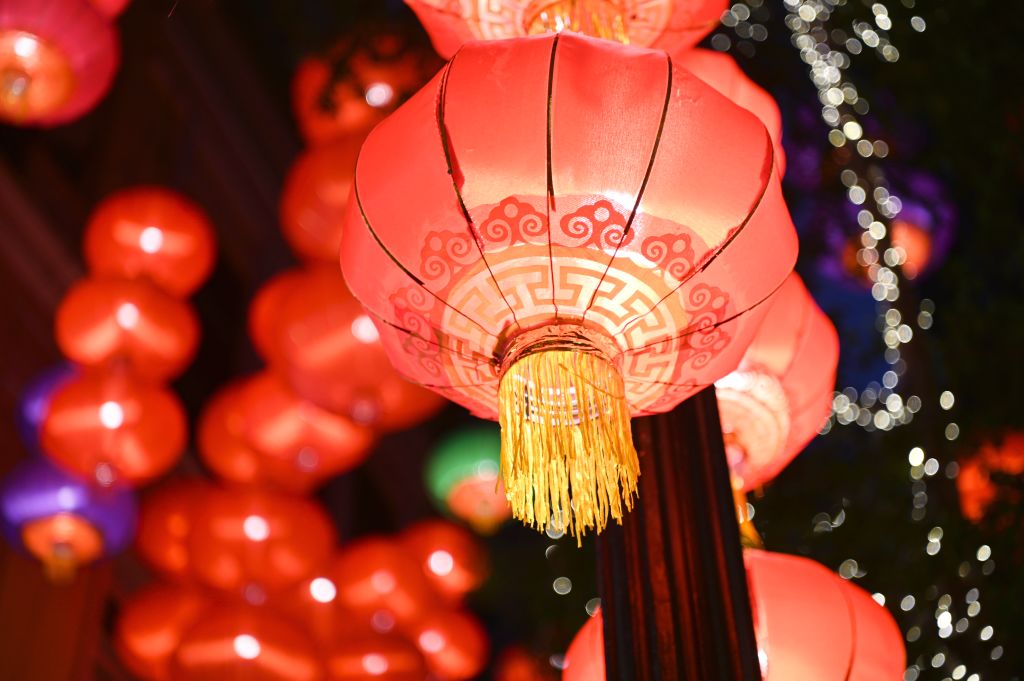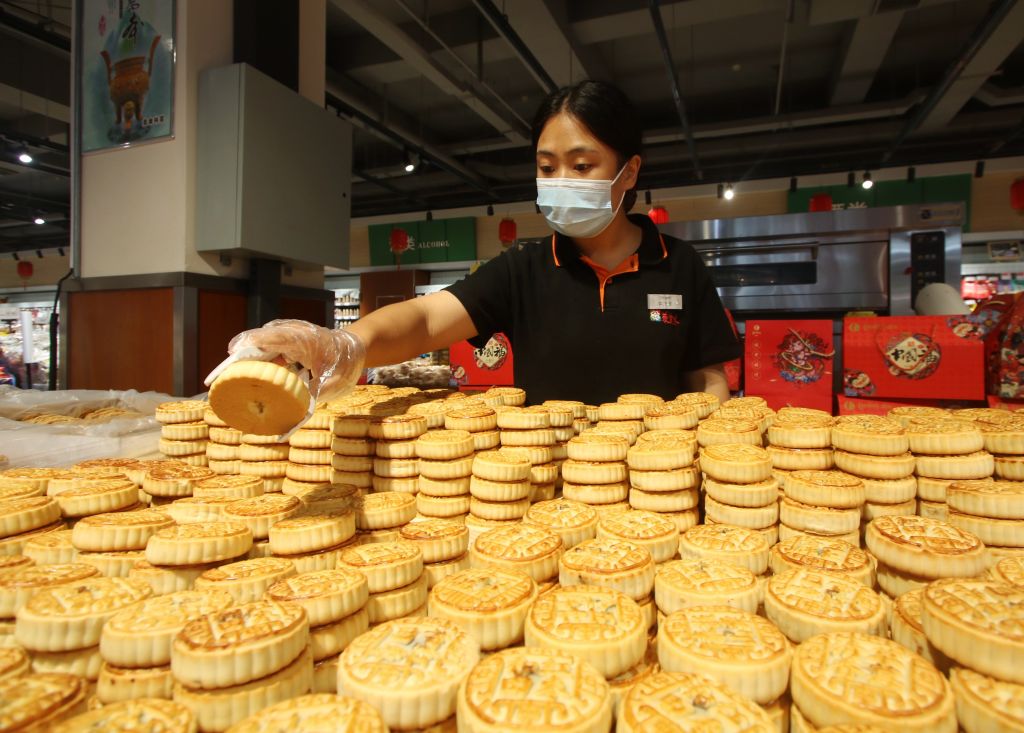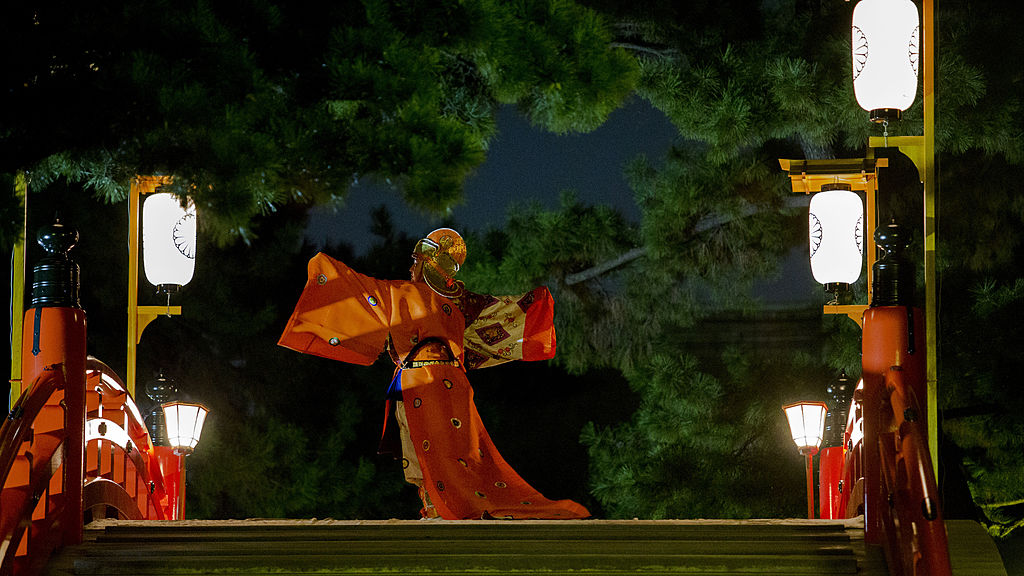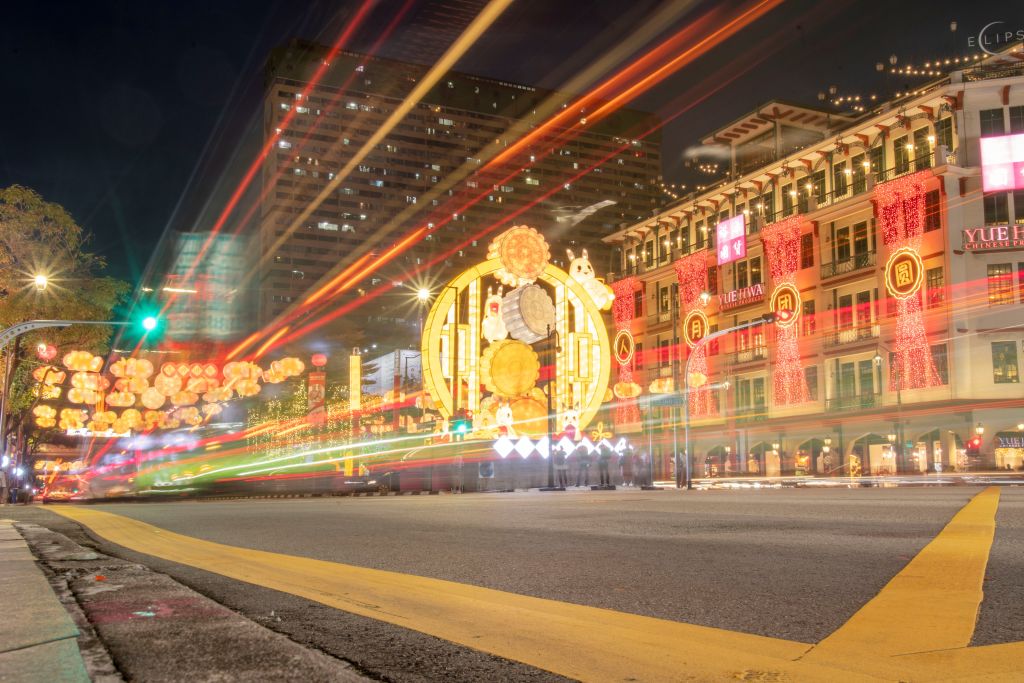
The Mid-Autumn Festival is observed by millions of people across East Asia on the 15th day of the eighth month of the lunar calendar. This means the festival date changes every year in the Gregorian calendar, but it is always around the time of the harvest moon. This year, the Mid-Autumn Festival falls on Sept. 29.
Certain activities, like moon gazing and displaying lanterns, are popular across several Asian countries—as is the symbol of a rabbit on the moon. But there are plenty of local traditions too.
Here’s a look at how the festival is celebrated:

China
The legend of Chang’e and her ascent to the moon has long been associated with the Mid-Autumn festivities in China.
The mythology says that in ancient times the Earth had 10 suns, which scorched the world. A celebrated archer named Hou Yi drew his bow and shot nine of the suns down, saving humanity. For his heroic act, the gods gave him the pill of immortality, which he handed to his wife Chang’e for safekeeping. However, one of his followers, Peng Meng, tried to steal the pill while Hou Yi was out hunting—so Chang’e swallowed it to prevent it from falling into Peng Meng’s hands. She became immortal and floated up to the moon, where she has lived since. Apart from Chang’e, the moon also has another resident: the Jade Rabbit.
In Chinese tradition, the full moon symbolizes family reunion, thus Mid-Autumn is a festival to be celebrated at home. People admire the moon and eat moon cakes, which come stuffed with a variety of fillings, from the traditional salted egg yolk and lotus paste to contemporary versions with ice-cream, fruit, and custard fillings.

Other foods eaten during the festival include taro (because its name in many Chinese dialects is a homonym for “good fortune comes”) and hairy crab, a seasonal delicacy.
Lanterns play an important role in the festivities. These days, the candle-lit paper lanterns of yore are rarely seen. Most children carry around the battery-powered variety. Single-use glow sticks are also common—leading to appeals from environmentalists for curbs on their use.
Some regions have specific Moon Festival customs. In eastern China’s Zhejiang province, the Qiantang River’s tidal bore attracts many visitors. In Hunan province, women from the Dong ethnic group customarily steal vegetables—because according to legend the moon goddess will shower “sweet dew” on them and whoever consumes them will be healthy and happy.
South Korea
South Koreans celebrate Chuseok, also known as hangawi, at this time. It’s one of the country’s biggest and most important holidays, alongside Seollal, or lunar new year.
Many go back to their hometowns to celebrate with big family reunions and hold memorial services, called charye, for their ancestors. The day before and after are also public holidays in South Korea, which allows people time to travel home. This year, Chuseok is being observed from Sept. 28 to 30.

At festive gatherings, Koreans eat songpyeon, a half-moon-shaped rice cake filled with a semi-sweet stuffing, as well as seasonal fruits and vegetables such as persimmons and chestnuts. They also enjoy a host of entertainment, including the ganggangsullae, a traditional circle dance. And of course, come nighttime, people head out to admire the full moon where they look out for the moon rabbit, or daltokki. The creature is said to be visible on the lunar surface, busy making rice cakes.
Japan
The Japanese celebrate Tsukimi, which translates to “looking at the moon.” Like the Koreans, they try to spot the moon rabbit, called tsuki no usagi in Japanese, as the animal goes about its festive task of making the rice cakes known as mochi.
The festivities are said to date back to Japan’s Nara period (710-794). In the following Heian era (794-1185), Tsukimi was popular among aristocrats. Moon viewing parties, frequently held on boats, included drinking, listening to music and composing poetry. By the Edo period (1603-1868) the tradition was being widely enjoyed by the public.

Traditionally, tsukimi is marked by adorning the home with pampas grass, to represent a bountiful harvest. Festive snacks include tsukimi-dango, a round rice dumpling symbolizing health and happiness, and seasonal produce like chestnuts and pumpkin. Eggs are also consumed, as their oval whiteness is felt to be suggestive of the full moon. Even fast food brands get in on the act, adding eggs to burgers.
Vietnam
The Mid-Autumn Festival in Vietnam is called Tet Trung Thu and is also known as Tet Thieu Nhi, or Children’s Festival.
One popular tale linked to the festival is that of a woodsman named Chu Cuoi, who floated away with a magical banyan tree to the moon. It is said one can see Cuoi under the tree on the face of the full moon. During the festival, children holding lanterns—said to help guide Cuoi on his return to earth—spill into the streets and watch lion dances.

Families mark Tet Trung Thu by placing cakes and fruit trays, symbolizing filial piety, before ancestral altars in their homes. Moon cakes are also a staple in Vietnam, and come in two types: banh nuong (oven-baked) and banh deo (soft-crusted).
Singapore
Some three-quarters of Singaporeans are of Chinese descent, so many of the Mid-Autumn Festival customs and traditions from China are also observed in Singapore.
In the past, celebrations centered on Chinatown, with goldfish- and star-shaped lanterns hanging from shops in Temple Street and Smith Street. Traditional bakeries offered moon cakes.

These days, Singaporeans celebrate the Mid-Autumn Festival with extravagant lantern displays held across the city-state in venues such as Gardens by the Bay. The Chinatown celebrations are also on a grander scale. The area transforms into a busy bazaar, with pop-up stalls selling decorative ornaments and festive snacks. There are also lantern-painting competitions and live performances.
Moon gazing is still a big part of the festival, with the beach being a popular location for the activity.
More Must-Reads from TIME
- Cybersecurity Experts Are Sounding the Alarm on DOGE
- Meet the 2025 Women of the Year
- The Harsh Truth About Disability Inclusion
- Why Do More Young Adults Have Cancer?
- Colman Domingo Leads With Radical Love
- How to Get Better at Doing Things Alone
- Michelle Zauner Stares Down the Darkness
Contact us at letters@time.com